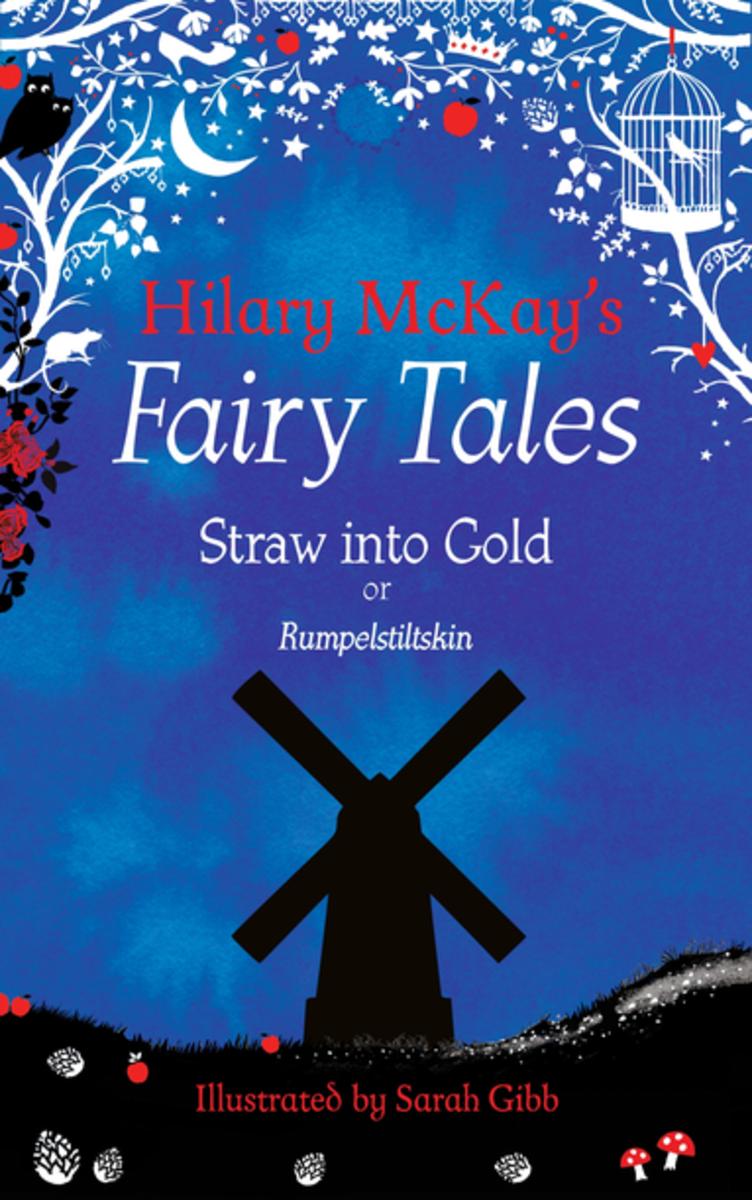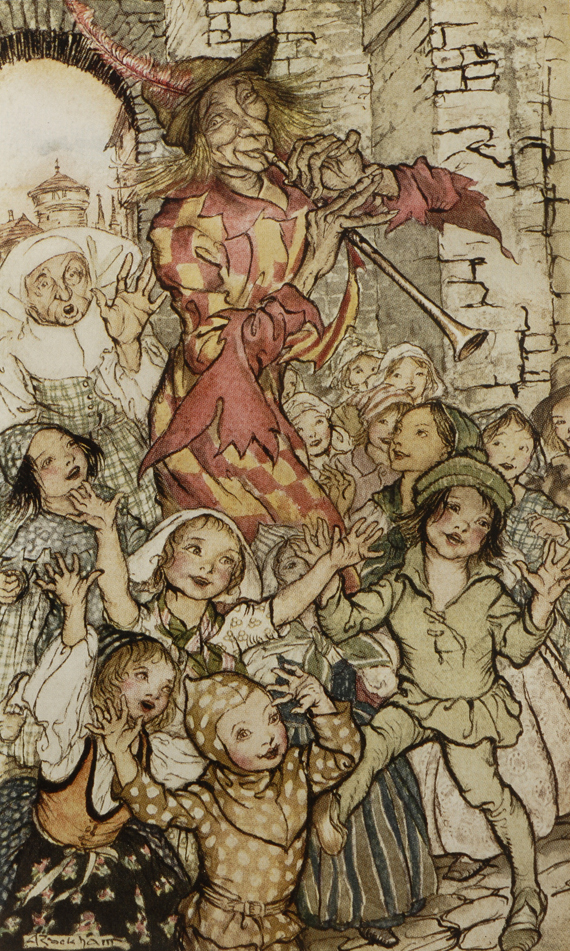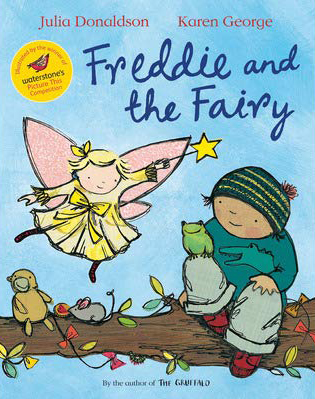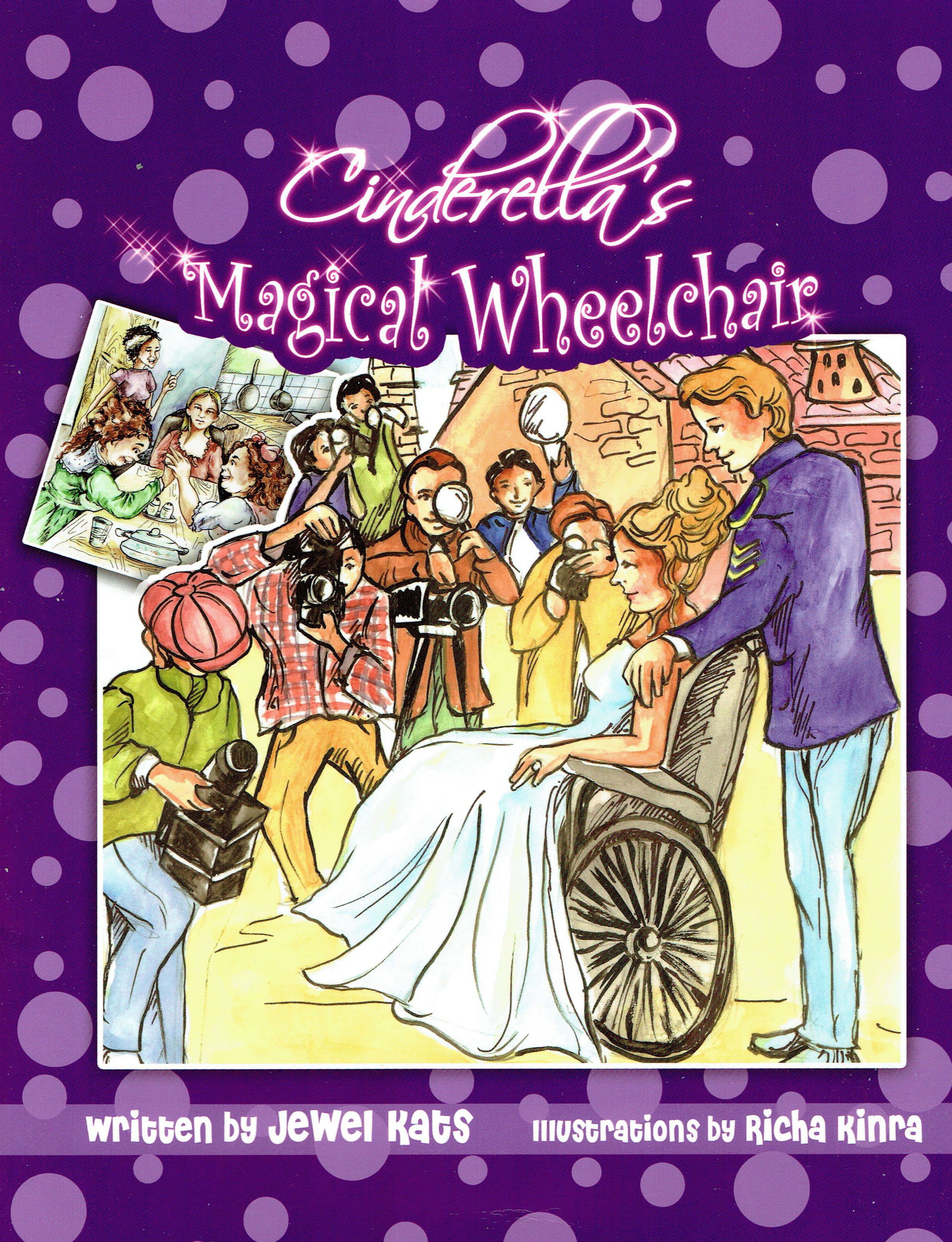A Flying Wheelchair and a Deaf Fairy: An Exploration of Disability in Fairy Tales

Rebecca R. Butler
In classic children’s fiction there are unfortunately instances of disabled characters depicted as evil, deformed or both. Two examples will make the point.

The outcome of the story is a trade-off. The children who have a disability have the good fortune to survive because they are variously disabled. But they also have to deal with the fact of their exclusion on account of their disability. They are ‘the others’. Their families and others who lost their children will never look at the disabled survivors without thinking of those they lost. The ironic suggestion is that as punishment for its dishonesty the community has kept three of its least valuable members.
In the classic versions of the Rumpelstiltskin story, before McKay’s effort at redemption, the dwarf is a more or less the unmitigated villain whose discomfort is to be enjoyed by the reader. The disabled children who survive abduction by the Piper in contrast are mere ciphers. The reader knows nothing of them as individuals, only as tokens in the fierce exchange between the Piper and the townsfolk. Evil or characterless, the disabled are depicted without humanity.


There is a branch of modern literary criticism that holds biographical detail about an author to be irrelevant in relation to a work and to its understanding. In the case of these two modern fairy stories nothing could be further from the truth. Donaldson has an auditory impairment and Kats has a spinal injury. Of course I would not recommend that authors should write only of situations in which they happen to find themselves. Far from it. But as a wheelchair user myself and as a student of children’s literature
I applaud the efforts of authors with impairments to use their own experience to widen the imaginative boundaries of the genre.
Works cited
Donaldson, Julia (illus.Karen George) (2010) Freddie and the Fairy. London: Macmillan Children’s Books.
Kats, Jewel (illus .Richa Kinra )(2011) Cinderella’s Magical Wheelchair. Ann Arbor, MI: Loving Healing Press.
McKay, Hilary (illus. Sarah Gibb) (2017) Straw into Gold: A Rumpelstiltskin Retelling.
London: Macmillan Children’s Books.
